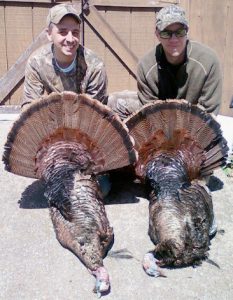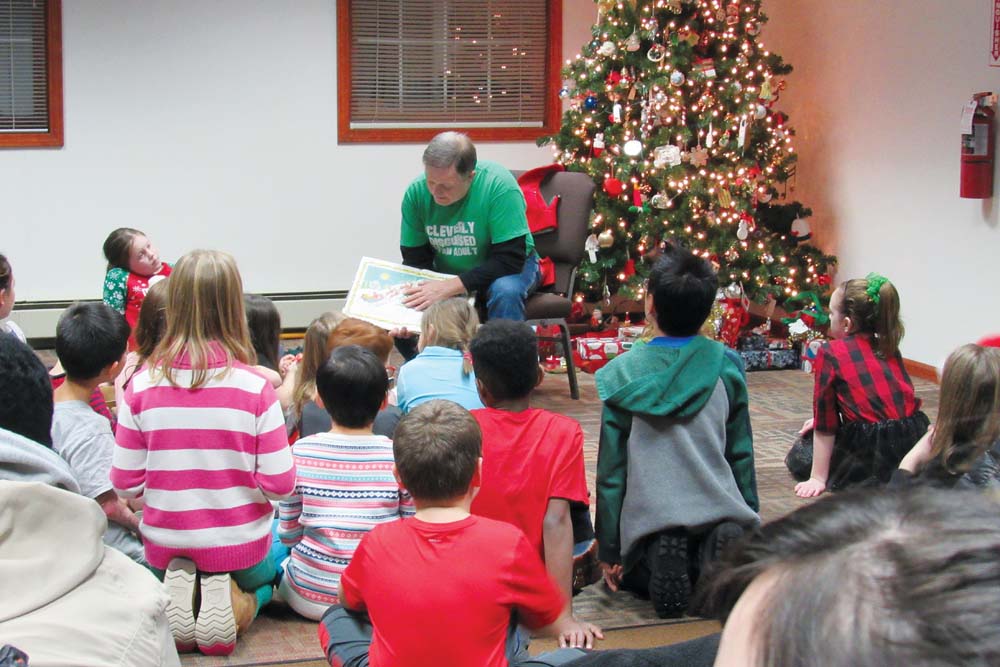Spring turkey hunting
By the time this weekly hits your delivery tube, the New York spring turkey season will be in full swing and hopefully you have connected on a nice long beard gobbler. If you haven’t scored yet and need a place to hunt, here is some good info from the D.E.C. that breaks down the past ten years’ spring turkey harvest numbers by county: www.dec.ny.gov/outdoor/30420.html. This will give you a general idea on where the highest density of the turkey hangout in the state.
 The D.E.C. website will also show you thousands of acres allowing public hunting opportunities in those counties. The snag there is there are just too many hunters on most tracts of state land and unlike deer hunting, turkey hunters cannot share the same wood block with other hunters. You never want different hunting parties calling to the same turkey or somebody is going to get upset, not to mention it can be extremely dangerous.
The D.E.C. website will also show you thousands of acres allowing public hunting opportunities in those counties. The snag there is there are just too many hunters on most tracts of state land and unlike deer hunting, turkey hunters cannot share the same wood block with other hunters. You never want different hunting parties calling to the same turkey or somebody is going to get upset, not to mention it can be extremely dangerous.
I believe you are better off getting permission to hunt on private land, however that’s easier said than done. If you are willing to knock on enough doors and are courteous, you will eventually get the go ahead. To find out who owns the property you want to hunt, download the smart phone app, ONX Hunt Maps. For $30 a year it not only shows you the property borders, but it will also tell you who owns that block of land and gives the property owner’s address, all on aerial mapping: www.huntinggpsmaps.com.
As for some tips on how you can score on a New York gobbler, I contacted veteran turkey hunter John Maher of Hamlin.
John has been the winner of countless turkey wars and has been very successful is several states. Maher says it doesn’t matter where you hunt in the country, the one thing all male wild turkeys have in common is that springtime urge to gobble from their roost at the first glimmer of light in the morning.
When you want to find out where the gobblers are in your area, you need to get yourself to a good listening location and be there at the very first twinkle of dawn. John emphasizes at it must be the very first glimmer – not a half hour later.
He says most gobblers can’t resist gobbling at least a few times from the limb in predawn. Cold rainy mornings can clam them up, but most times they will still sound off at least a few times.
John explains as soon as he hears a gobble, he moves to the sound as quickly as he can, closing ground while the light is low to ghost his approach. Once he’s within 150 yards or so he will set-up with his back against a large tree if possible and more importantly a clear view for at least fifty yards.
He then calls very softly to the gobbler while it is still in the tree. If the bird responds with a gobble, he will not call again until he hears the turkey fly down or he is sure the gobbler is on the ground.
John warns that if you call too much, the gobbler may hang up on the limb expecting the hen to come to him. Maher emphasizes that you must play hard to get until you know he is on the dirt. As soon as you are sure of this, you can turn the heat up on your calling.
If the gobbler has hens with him, all bets are off. All you can hope for then is to talk the hens into coming over for a chat and he will go where they go. Unfortunately, in most cases the hens will instead take him away. John then suggests to back out of the spot and return later in the morning. In most cases, the gobbler will still be in the area and if you are lucky those hens will have left him and he wants a new girlfriend.
If he still doesn’t show, don’t go trampling all over the area calling; again, back out. Usually a turkey will roost in the same general area that night and for the remainder of the spring if he doesn’t get pressured too badly by hunters or all his hens leave him. Return whenever time permits and give him another try. One of those times his hens will be off on their nests and he will come looking to fall in love then you can bring the hammer down on him and bam! Your Thanksgiving meal is covered.
Lastly, I must mention safety in the turkey woods. Every spring somebody gets shot hunting turkeys. Please know your target and don’t shoot at sounds or movement. See a beard before you even click off your safety.
Now get off the couch and get out there. The spring turkey woods is a fantastic place to spend a morning.


